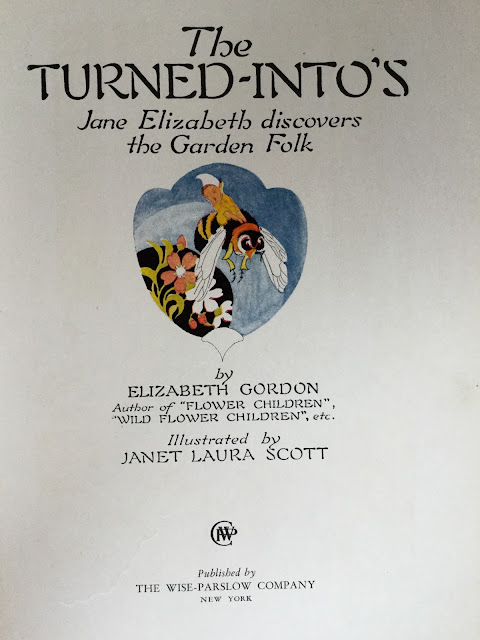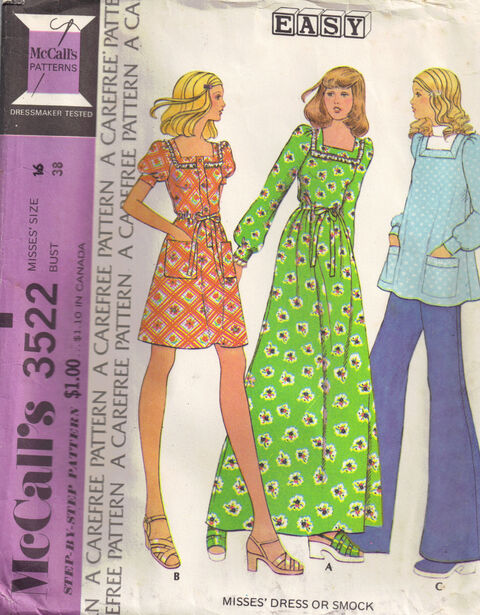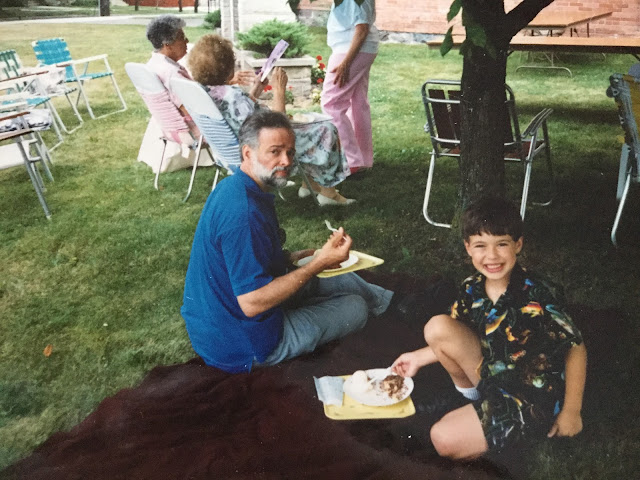Gleaned from Rainer Maria Rilke's voluminous, never-before-translated correspondence, this book collects the poet's best writings on grief and loss in one place for the first time. The result is a profound vision of the mourning process and a meditation on death's place in our lives, as well as a compilation of sensitive and moving expressions of consolation and condolence. from the publisher
Rainer Maria Rilke wrote over 14,000 letters before his tragic death from leukemia at age fifty-one, we are informed in the Preface to
The Dark Interval. This volume consists of two dozen of Rilke's condolence letters, newly translated and gathered into one volume. Also included is a letter Rilke wrote to his Polish translator in which he discusses the themes communicated in his poetry.
The letters convey Rilke's philosophy of accepting death as part of existence, embracing the pain, and ensuring that we never truly lose loved ones, they are always with us and their work becomes our work.
I was in my late 20s when I picked up Rilke's slim volume
Letters to a Young Poet. I kept the book close, often rereading it, and I gave copies to friends. I added Rilke's poetry to my shelves. I will never forget sitting on the cliffs of Mt. Desert Island, under blue skies with gulls circling overhead, the rushing sea and lobster boats below, and opening for the first time
Duino Elegies to read,
Who, if I cried out, would hear me among the Angelic
Orders? And even if one were to suddenly
take me to its heart, I would vanish into its
stronger existence. For beauty is nothing but
the beginning of terror, that we are still able to bear,
and we revere it so, because it calmly disdains
to destroy us.
Forty years later I still return to Rilke again and again, struggling to understand the letters and poems that have moved me so. I had no idea that
The Dark Interval would offer so many answers.
I read a letter at a time, for Rilke's original ideas take concentration and thought. These are letters I will read and reread.
On the death of Countess Alexandrine Schwerin's father Rilke wrote, "...have faith in what is most horrible, instead of fighting it off--it reveals itself for those who can trust it," for "death is only a relentless way of making us familiar and even intimate with the side of our existence that is turned away from us."
To Nanny Wunderly-Volkart he wrote, "We have to get used to the fact that we rest in the pause between two of God's breaths: for that means: to be in time...The brief time of our existence is probably precisely the period when we lose all connection to him and, drifting apart from him, become enmeshed in the creation which he leaves alone."
To Countess Margot Sizzo-Noris-Crouy on the death of her mother, Rilke wrote, "...we should make it our deep and searing curiosity to explore such loss completely and to experience the particular and singular nature of this loss and its impact within our life." He again mentions death as the side of life "permanently turned away from us, and which is not its opposite but its complement to attain perfection, consummation, and the truly complete and round sphere and orb of being." Death is a friend, he consoles, the true yes-sayer. In another letter to the Countess he writes about life's horrors and the unity of bliss and horror as "two faces of the same divinity" as the meaning of his
Sonnets to Orpheus.
Rilke's letter to Witold Hulewiz, who translated Rilke's writing into Polish, he addresses the central theme of "the affirmation of life-and-death," death being the "side of life turned away from us."
"Transience everywhere plunges unto a deep being," he wrote Hulewiz. The angel of the Elegies "is that being which vouches for the recognition of the invisible at a higher order of reality."
Rilke states that his angels are not biblical but is "that creature in whom the transformation of the visible into the invisible...appears already consummated." And that is what terrifies we mortals so for we cling to the visible world.
As
Letters to a Young Poet can help us learn how to live,
The Dark Interval can show us how to accept the mystery of the future which we cannot see or know.
The title
The Dark Interval comes from a poem in Rilke's
Book of Hours which ends,
I am the rest between two notes
That harmonize only reluctantly:
For death wants to become the loudest tone--
But in the dark interval they reconcile
Tremblingly, and get along.
And the beauty of the song goes on.
I received a free ebook from the publisher through NetGalley in exchange for a fair and unbiased review.
The Dark Interval: Letters on Loss, Grief, and Transformation
by Rainer Maria Rilke
translated by Ulrich Baer
Random House Modern Library
Pub Date 14 Aug 2018
ISBN
9780525509844
PRICE
$22.00 (USD)
I have previously written about Rilke at
The Rilke of Ruth Speirs: New Poems, Duino Elegies, Sonnets to Orpheus & Others
https://theliteratequilter.blogspot.com/2015/10/the-rilke-of-ruth-speirs-new-poems.html
Roots of Understanding: Letters to a Young Poet
https://theliteratequilter.blogspot.com/2014/04/roots-of-understanding-letters-to-young.html
Review of You Must Change Your Life: the Friendship of Auguste Rodin and Ranier Maria Rilke
https://theliteratequilter.blogspot.com/2016/09/the-friendship-of-auguste-rodin-and.html























































